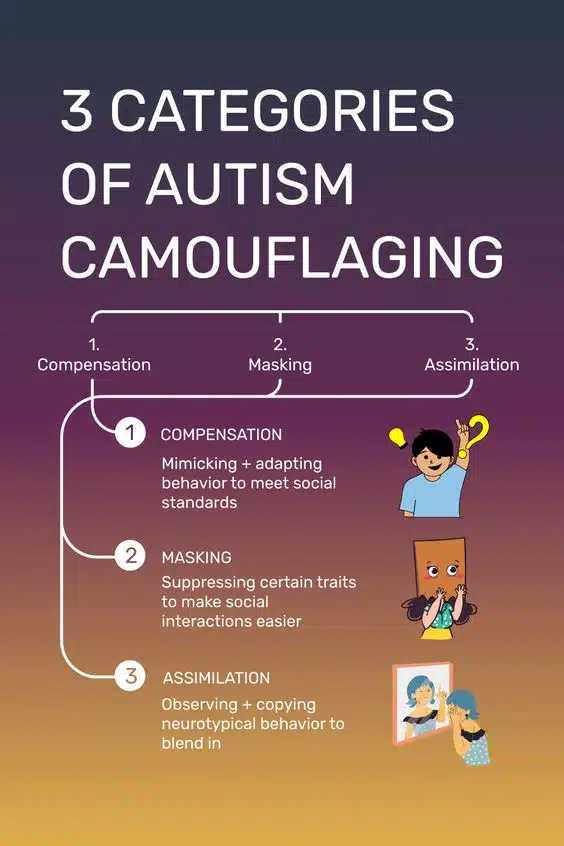Autism masking can be linked with various conditions, each influencing and intensifying the behavior. Let’s explore some of these associated conditions:
- Anxiety: The constant pressure to blend in often induces anxiety.
- Depression: Masking can lead to feelings of isolation and result in depression.
- Social Exhaustion: Regularly suppressing behaviors can cause social fatigue.
- Identity Struggles: Masking may cause individuals to grapple with their self-identity.
In conclusion, understanding these associated conditions can help parents and caregivers provide more targeted support, fostering an environment that encourages authenticity and reduces the need for masking. Goally, our dedicated tablet, can support kids dealing with autism masking. It offers gamified learning, visual schedules, and AAC apps for skill development, alongside tools for emotional regulation and executive functioning, providing a fun and educational environment that encourages authentic self-expression.
This post was originally published on Feb. 5, 2023. It was updated on July 14, 2023.










